S. Tejaswi Digumarti
School of Aerospace, Mechanical and Mechatronic Engineering, The University of Sydney, Sydney Institute for Robotics and Intelligent Systems
Fast-Learning Grasping and Pre-Grasping via Clutter Quantization and Q-map Masking
Jul 06, 2021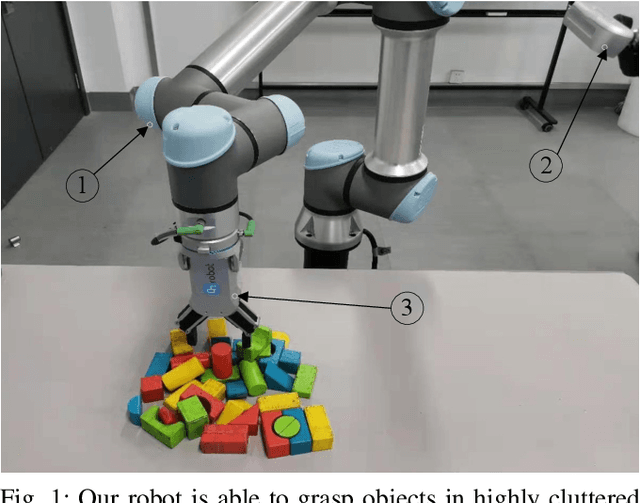
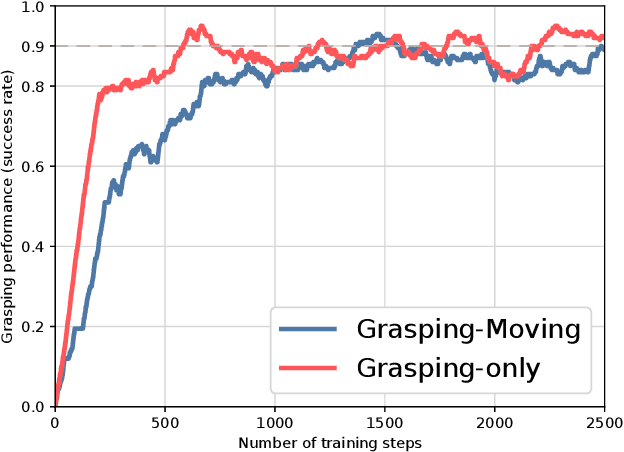
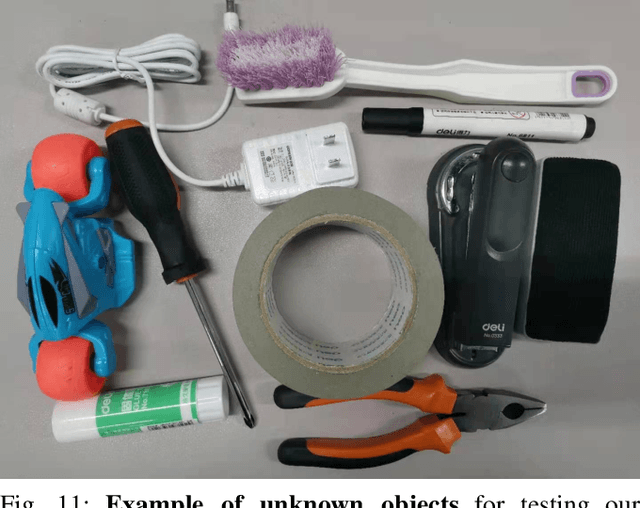
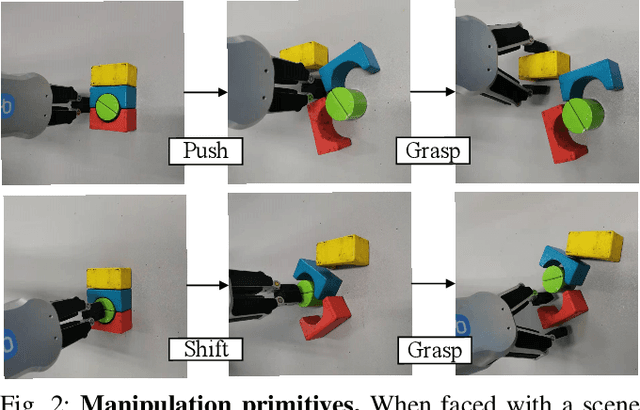
Abstract:Grasping objects in cluttered scenarios is a challenging task in robotics. Performing pre-grasp actions such as pushing and shifting to scatter objects is a way to reduce clutter. Based on deep reinforcement learning, we propose a Fast-Learning Grasping (FLG) framework, that can integrate pre-grasping actions along with grasping to pick up objects from cluttered scenarios with reduced real-world training time. We associate rewards for performing moving actions with the change of environmental clutter and utilize a hybrid triggering method, leading to data-efficient learning and synergy. Then we use the output of an extended fully convolutional network as the value function of each pixel point of the workspace and establish an accurate estimation of the grasp probability for each action. We also introduce a mask function as prior knowledge to enable the agents to focus on the accurate pose adjustment to improve the effectiveness of collecting training data and, hence, to learn efficiently. We carry out pre-training of the FLG over simulated environment, and then the learnt model is transferred to the real world with minimal fine-tuning for further learning during actions. Experimental results demonstrate a 94% grasp success rate and the ability to generalize to novel objects. Compared to state-of-the-art approaches in the literature, the proposed FLG framework can achieve similar or higher grasp success rate with lesser amount of training in the real world. Supplementary video is available at https://youtu.be/e04uDLsxfDg.
Unsupervised Learning of Depth Estimation and Visual Odometry for Sparse Light Field Cameras
Mar 21, 2021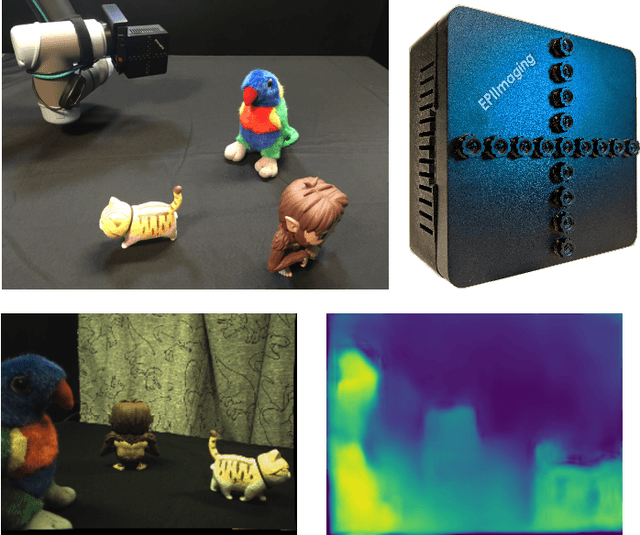
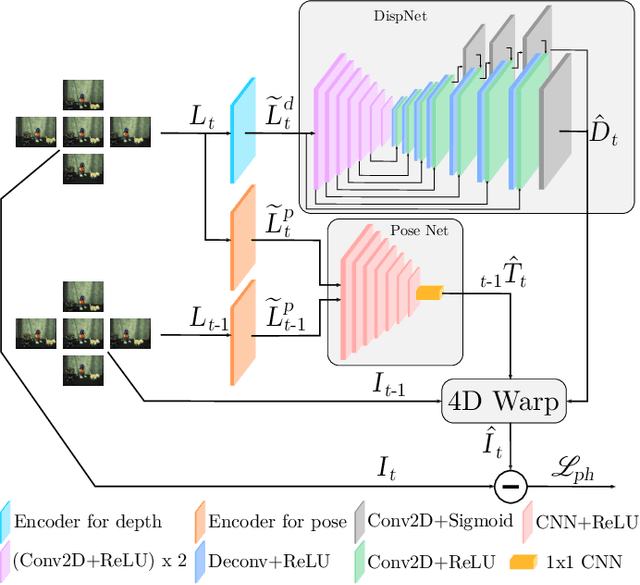
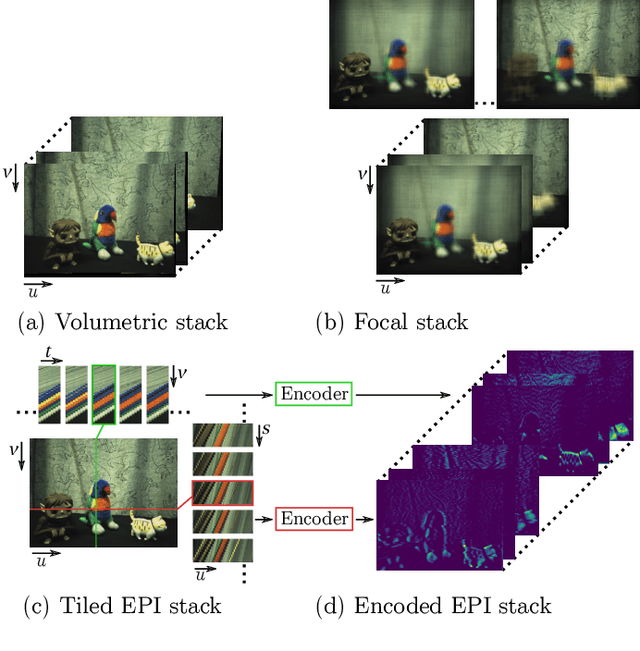
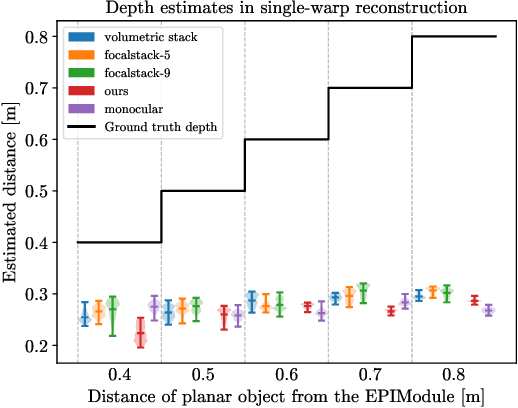
Abstract:While an exciting diversity of new imaging devices is emerging that could dramatically improve robotic perception, the challenges of calibrating and interpreting these cameras have limited their uptake in the robotics community. In this work we generalise techniques from unsupervised learning to allow a robot to autonomously interpret new kinds of cameras. We consider emerging sparse light field (LF) cameras, which capture a subset of the 4D LF function describing the set of light rays passing through a plane. We introduce a generalised encoding of sparse LFs that allows unsupervised learning of odometry and depth. We demonstrate the proposed approach outperforming monocular and conventional techniques for dealing with 4D imagery, yielding more accurate odometry and depth maps and delivering these with metric scale. We anticipate our technique to generalise to a broad class of LF and sparse LF cameras, and to enable unsupervised recalibration for coping with shifts in camera behaviour over the lifetime of a robot. This work represents a first step toward streamlining the integration of new kinds of imaging devices in robotics applications.
 Add to Chrome
Add to Chrome Add to Firefox
Add to Firefox Add to Edge
Add to Edge